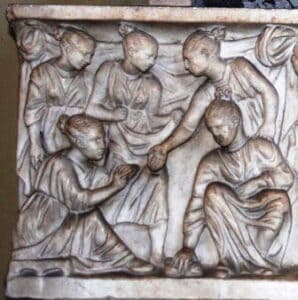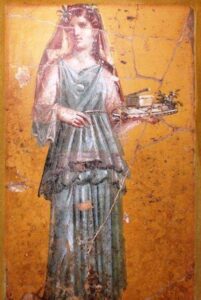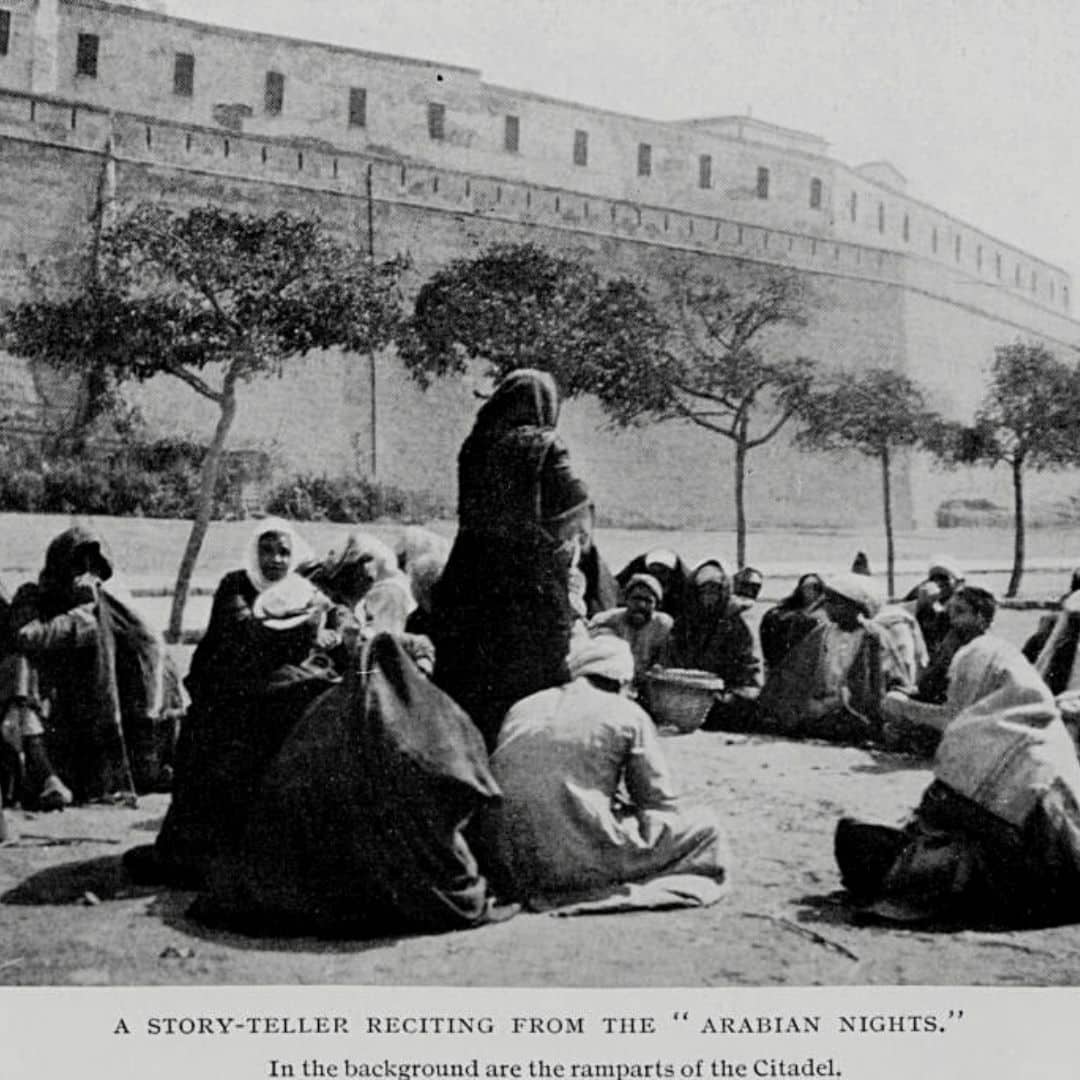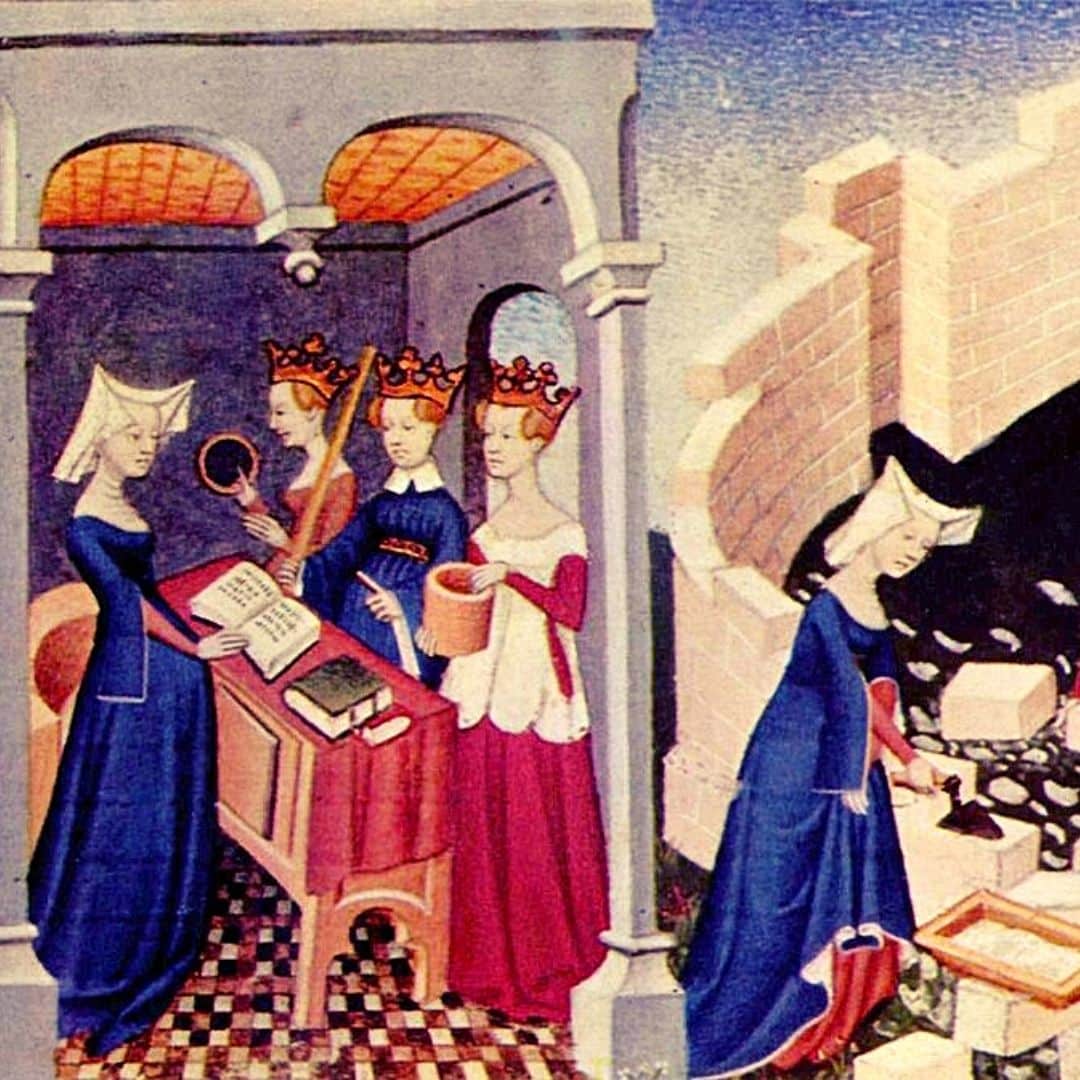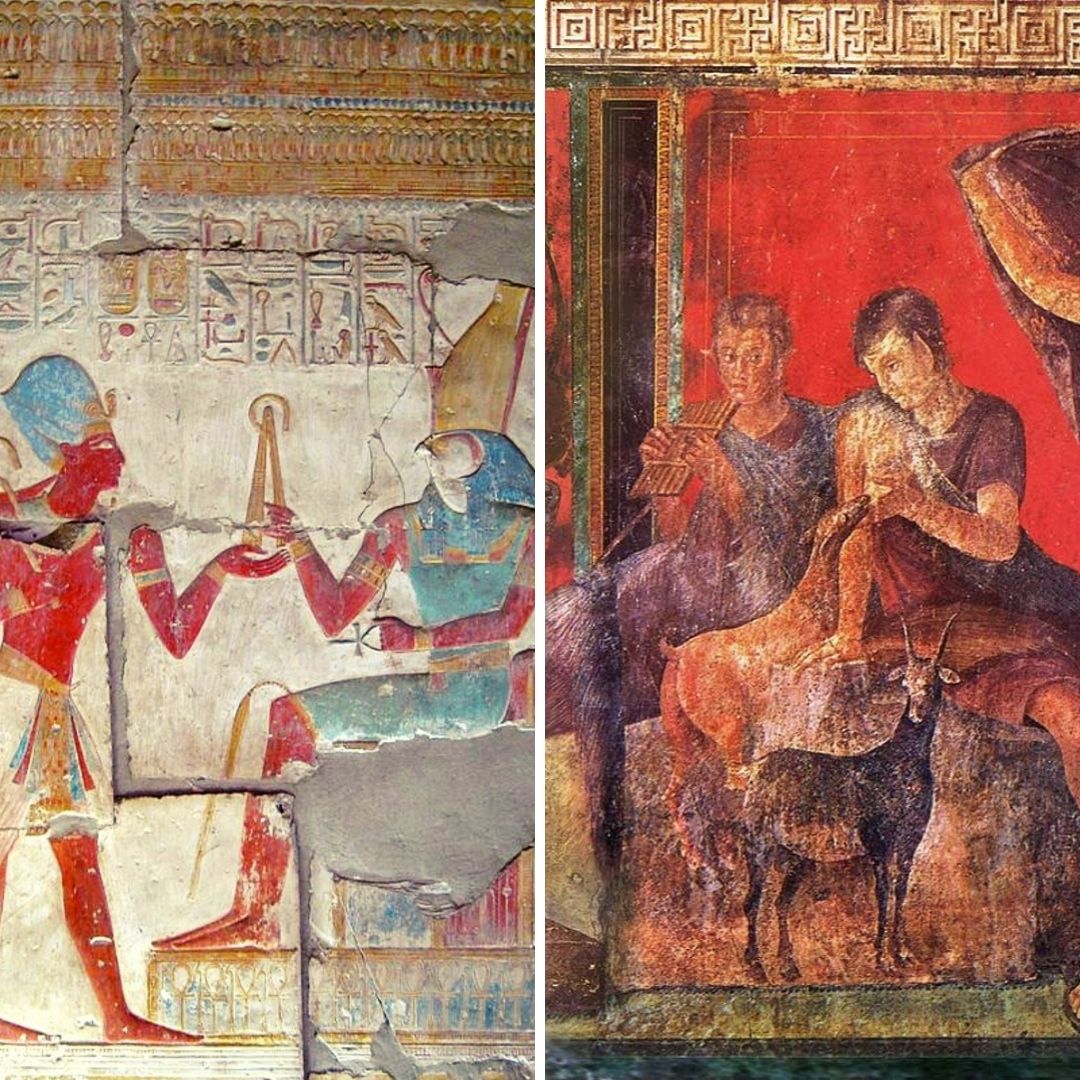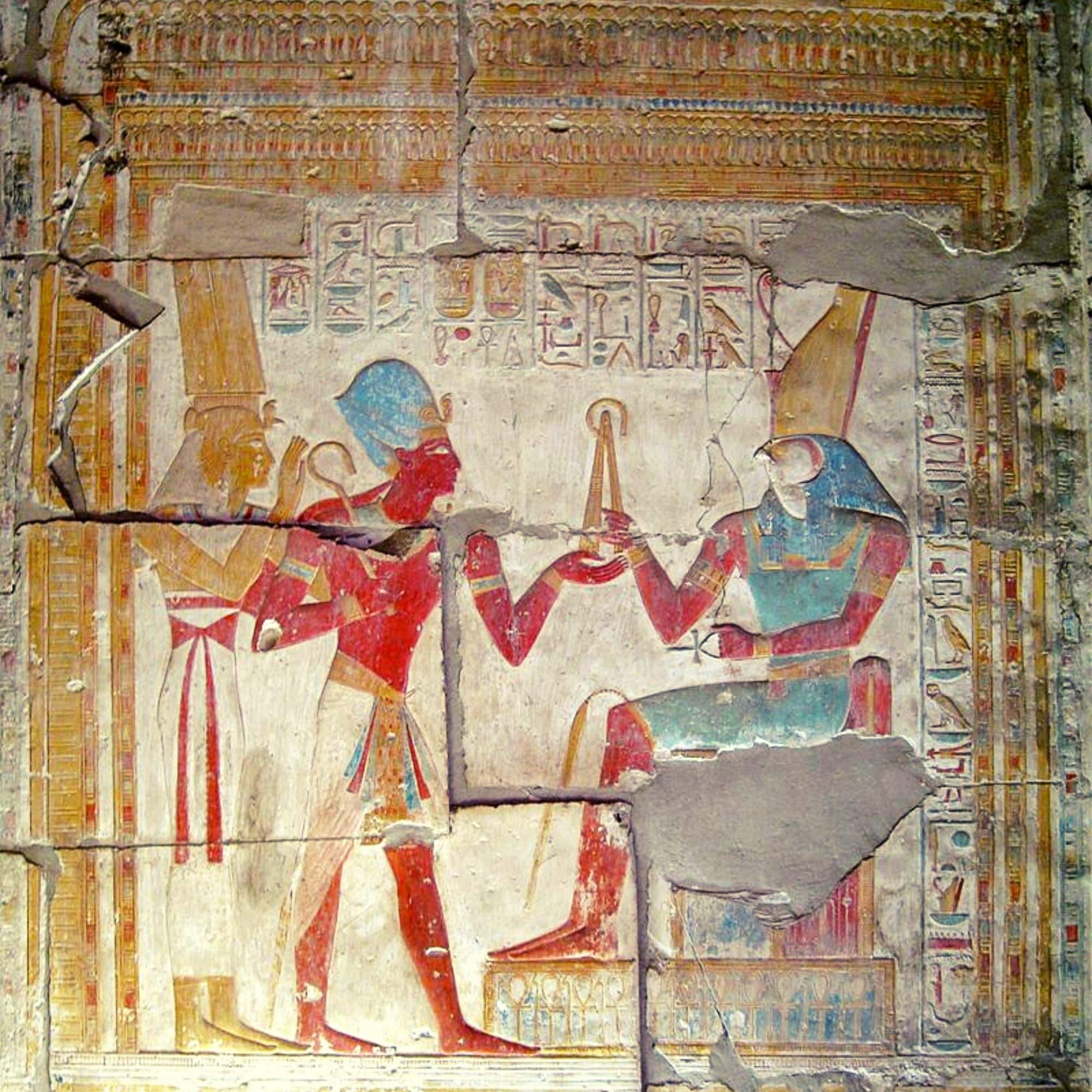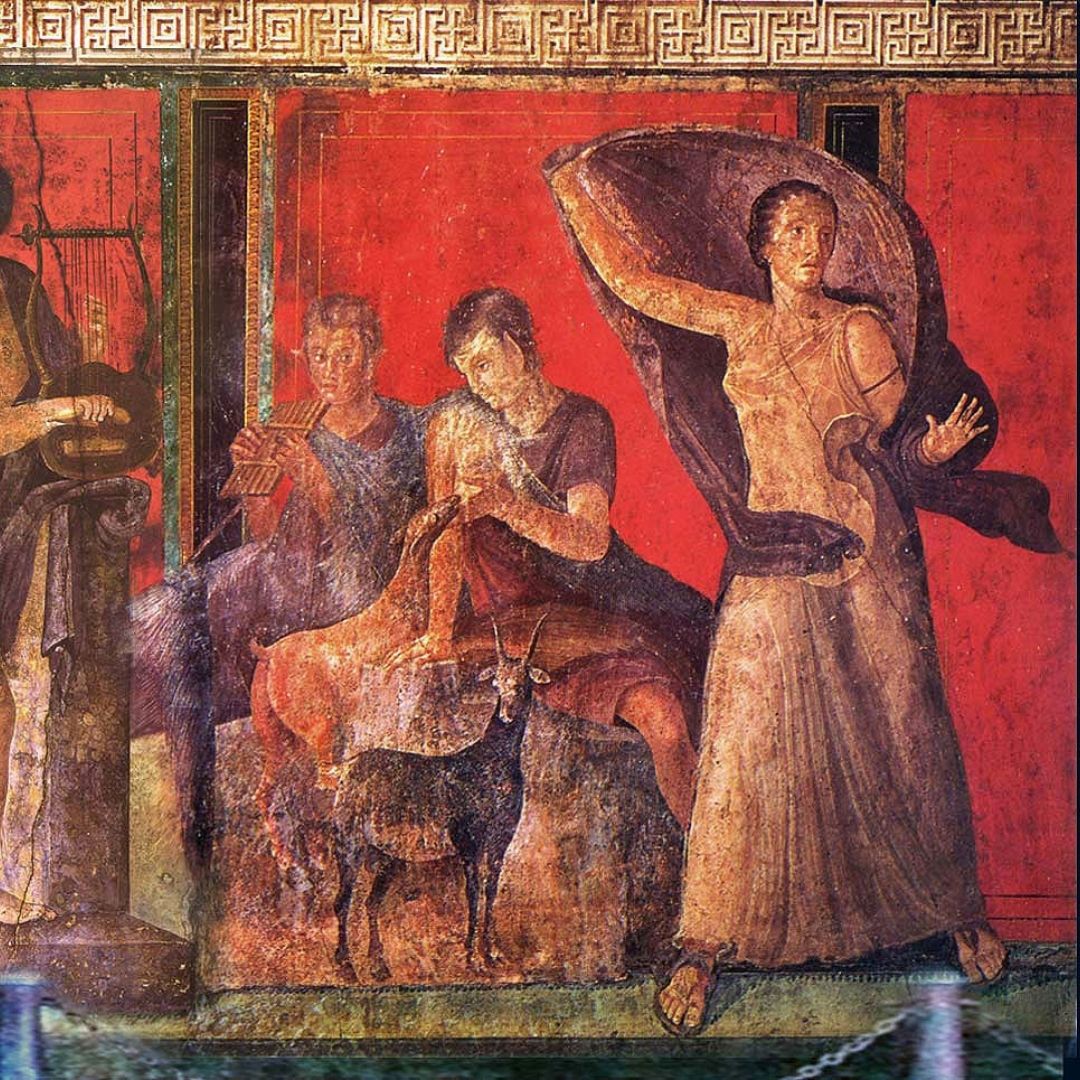
Women in Ancient Rome | the marriage
The married women in ancient Rome and everything that belonged to her was always under the husband’s authority.
The common legal form was in manum, in which the woman ceased to belong to the father and started to belong to the husband.
The husband had total authority over all those who depended on him, from his wife to his children and slaves, and could decide on their right to life or death.
This authority was called Patria Potestas, and the bond of dependence of the wife was called loco filiae, a kind of sister, from the legal point of view.
Women in Ancient Rome | The slaves and the liberti
Women in ancient Rome of lower status, such as slaves and liberti, had the chance to marry for love, a criterion not highly valued in the upper classes.
And to keep their freedom with their husband, but they lacked all other guarantees and rights, as well as their children.
Meanwhile, this legal form gave way to another, called sine manu, where the woman remained under the guardianship of the father or guardian.
Her property did not cease to belong to her, she could receive inheritance and, in case of divorce, the dowry did not remain entirely with her husband.
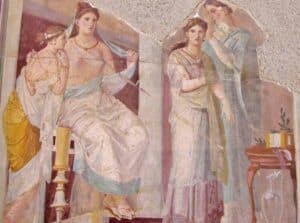
slaves combing the matrons
Women in Ancient Rome | the children
In any case, children were obviously expected from marriage and sterility was not well accepted.
During the rituals of Lupercalia, on February 15, the priests of Luperci would go around the Palatine, lashing with whips all those they met on their way.
Among them the infertile women, who by this atonement they sought to make fertile, removing the evil of infertility from their union.
However, not everything was linear.
In troubled times and times of instability, women resorted to the contraceptive methods they knew to inhibit pregnancy.
Namely abortifacient potions or devices they introduced into the vagina, made of wool, soaked in honey or olive oil, or even abortion..
Women in Ancient Rome | divorce and widowhood
The women in ancient Rome only gained the right to divorce at the end of the Roman Republic, in the first century B.C., before that only the husband could request it.
The children of divorced parents remained with their father and his family, because they belonged to him.
Augustus, the first emperor, in order to motivate the celebration of marriages and to prevent divorces, legislated in this sense, since these were troubled times.
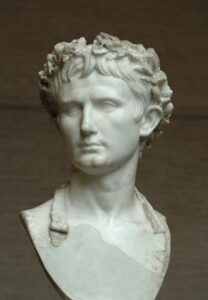
Get to know Augustus and other personalities who marked Ancient Rome in the online course Culture, beliefs and life in Ancient Rome.
One of the measures he instituted was the Iustrium Liberorum, which, in addition to benefiting men, gave women the ability to manage their own property, free of any guardianship from their father or husband.
The ability to bequeath and inherit, as well as the right to use a special stola that distinguished them from other matronae.
One of the criteria taken into consideration to consent to divorce was adultery, which led to this becoming common, however, the adulterous woman suffered harsh penalties.
She was exiled to an inhospitable island, her goods were confiscated, and she could no longer remarry.
On top of all this, she wore a toga that marked her for the crime.
As for widowhood, if her husband died, the woman would have to wait 10 months before remarrying, while the widowed man could marry immediately.


